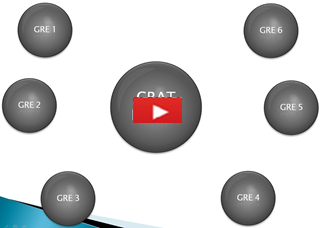High Availability Support
GRE
The Genesys Rules Engine (GRE) can be set up in a cluster in order to provide a highly available configuration. GRE is considered a critical path application because the execution of rules depends upon at least one node in the system being available. Since GRE is stateless, each rule execution request can be dispatched to any node in the cluster, and should a node fail, another node could execute the request.
The load balancer can be set up to dispatch requests to each GRE node at random, or in a round-robin fashion. There is no need to configure "session stickiness" as there are no sessions to maintain between rule execution requests.
GRAT
Unlike GRE, only one Genesys Rules Authoring Tool (GRAT) instance can be connected to a particular rules repository database at a time. GRAT is not considered a critical path application because it only handles the creation, editing and deployment of rules. If GRAT should fail, rule execution continues uninterrupted. Only rule editing becomes unavailable.
GRAT can be set up in a warm standby configuration. A standby GRAT can be installed as a mirror image on a separate machine and be configured to use the same configuration management application, same HTTP ports, and so on. Should the primary GRAT fail (hardware failure, network), the standby GRAT could be brought online quickly to restore service. Both the primary and standby GRATs can be connected to the same repository database; however, they should not be connected simultaneously. The rule author would have to log in again and resume their activity.
When configuring a standby GRAT, use option clear-repository-cache=true for both the primary and backup GRAT instances. Setting this option to true can delay the startup of GRAT, since the cache must be rebuilt each time, but it ensures that it is properly synchronized with the rules repository database.
HA Video
See also this video explaining high availability configuration.

